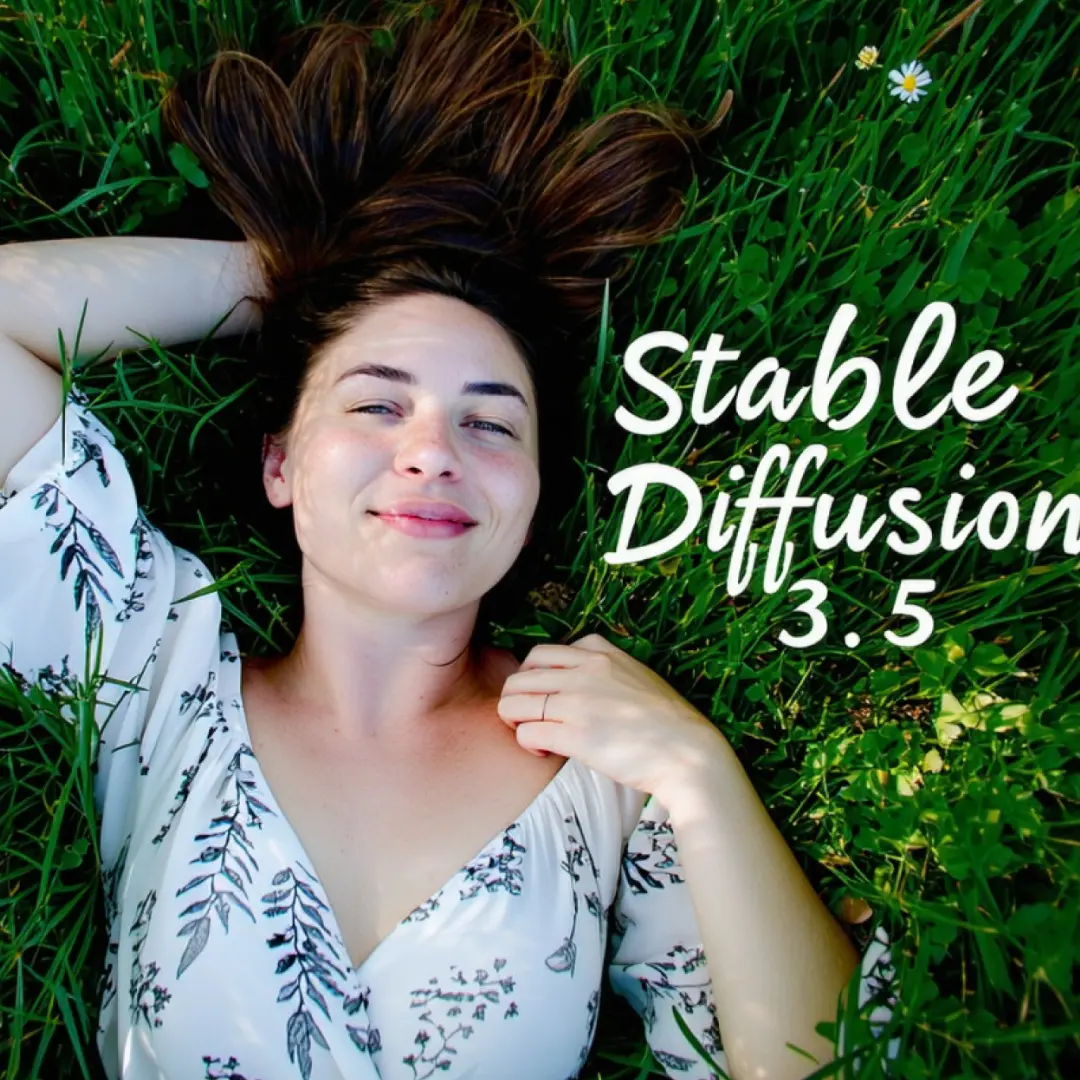ComfyUI Node: Load HF Lora
HFHubLoraLoader
Categoryloaders
glifxyz (Account age: 858days) Extension
ComfyUI-GlifNodes Latest Updated
2024-11-25 Github Stars
0.05K
How to Install ComfyUI-GlifNodes
Install this extension via the ComfyUI Manager by searching for ComfyUI-GlifNodes- 1. Click the Manager button in the main menu
- 2. Select Custom Nodes Manager button
- 3. Enter ComfyUI-GlifNodes in the search bar
Visit ComfyUI Online for ready-to-use ComfyUI environment
- Free trial available
- 16GB VRAM to 80GB VRAM GPU machines
- 400+ preloaded models/nodes
- Freedom to upload custom models/nodes
- 200+ ready-to-run workflows
- 100% private workspace with up to 200GB storage
- Dedicated Support
Load HF Lora Description
Facilitates loading LoRA models from Hugging Face Hub for seamless integration into AI workflows.
Load HF Lora:
The HFHubLoraLoader node is designed to facilitate the loading of LoRA (Low-Rank Adaptation) models directly from the Hugging Face Hub. This node streamlines the process of integrating pre-trained LoRA models into your existing AI workflows, allowing you to enhance your models with additional capabilities without the need for extensive retraining. By leveraging the vast repository of models available on Hugging Face, you can quickly and efficiently augment your AI models, improving their performance and adaptability to specific tasks. The primary goal of this node is to provide a seamless and efficient way to access and utilize LoRA models, making it easier for AI artists to experiment with and deploy advanced model adaptations.
Load HF Lora Input Parameters:
model
This parameter represents the base model that you want to enhance with the LoRA model. It is essential as it serves as the foundation upon which the LoRA model's adaptations will be applied.
clip
This parameter is optional and represents the CLIP (Contrastive Language-Image Pre-Training) model that can be used in conjunction with the base model. If provided, the LoRA model will also be applied to this CLIP model.
repo_id
This parameter specifies the repository ID on the Hugging Face Hub from which the LoRA model will be downloaded. It is a string that uniquely identifies the repository containing the desired LoRA model.
subfolder
This optional parameter allows you to specify a subfolder within the repository where the LoRA model is located. If the model is not in a subfolder, this parameter can be left empty.
filename
This parameter specifies the exact filename of the LoRA model within the repository or subfolder. It is crucial to provide the correct filename to ensure the model is downloaded and loaded correctly.
strength_model
This parameter controls the strength of the LoRA model's influence on the base model. It is a float value with a default of 1.0, a minimum of -100.0, and a maximum of 100.0. Adjusting this value allows you to fine-tune the impact of the LoRA model on the base model.
strength_clip
This parameter controls the strength of the LoRA model's influence on the CLIP model, if provided. Similar to strength_model, it is a float value with a default of 1.0, a minimum of -100.0, and a maximum of 100.0. This allows for fine-tuning the impact on the CLIP model.
Load HF Lora Output Parameters:
model_lora
This output parameter represents the base model enhanced with the LoRA model's adaptations. It is the primary output of the node, providing you with a model that has been augmented with the additional capabilities of the LoRA model.
clip_lora
This output parameter represents the CLIP model enhanced with the LoRA model's adaptations, if a CLIP model was provided as an input. It allows you to utilize the enhanced CLIP model in your AI workflows.
Load HF Lora Usage Tips:
- Ensure that the
repo_idandfilenameparameters are correctly specified to avoid errors in downloading the LoRA model from the Hugging Face Hub. - Experiment with different values for
strength_modelandstrength_clipto find the optimal balance for your specific use case. Higher values increase the influence of the LoRA model, while lower values reduce it. - If you encounter issues with the LoRA model not loading correctly, double-check the
subfolderparameter to ensure it accurately reflects the model's location within the repository.
Load HF Lora Common Errors and Solutions:
"Model not found in the specified repository"
- Explanation: This error occurs when the
repo_idorfilenameparameters are incorrect or the model does not exist in the specified repository. - Solution: Verify that the
repo_idandfilenameare correct and that the model is available in the specified repository on the Hugging Face Hub.
"Failed to load LoRA model"
- Explanation: This error can occur if there is an issue with downloading or loading the LoRA model file.
- Solution: Ensure that your internet connection is stable and that the
repo_id,subfolder, andfilenameparameters are correctly specified. Additionally, check if the Hugging Face Hub is accessible and not experiencing downtime.
"Invalid strength value"
- Explanation: This error occurs when the
strength_modelorstrength_clipparameters are set to values outside their allowed range. - Solution: Adjust the
strength_modelandstrength_clipparameters to be within the specified range of -100.0 to 100.0.
Load HF Lora Related Nodes
RunComfy is the premier ComfyUI platform, offering ComfyUI online environment and services, along with ComfyUI workflows featuring stunning visuals. RunComfy also provides AI Playground, enabling artists to harness the latest AI tools to create incredible art.


